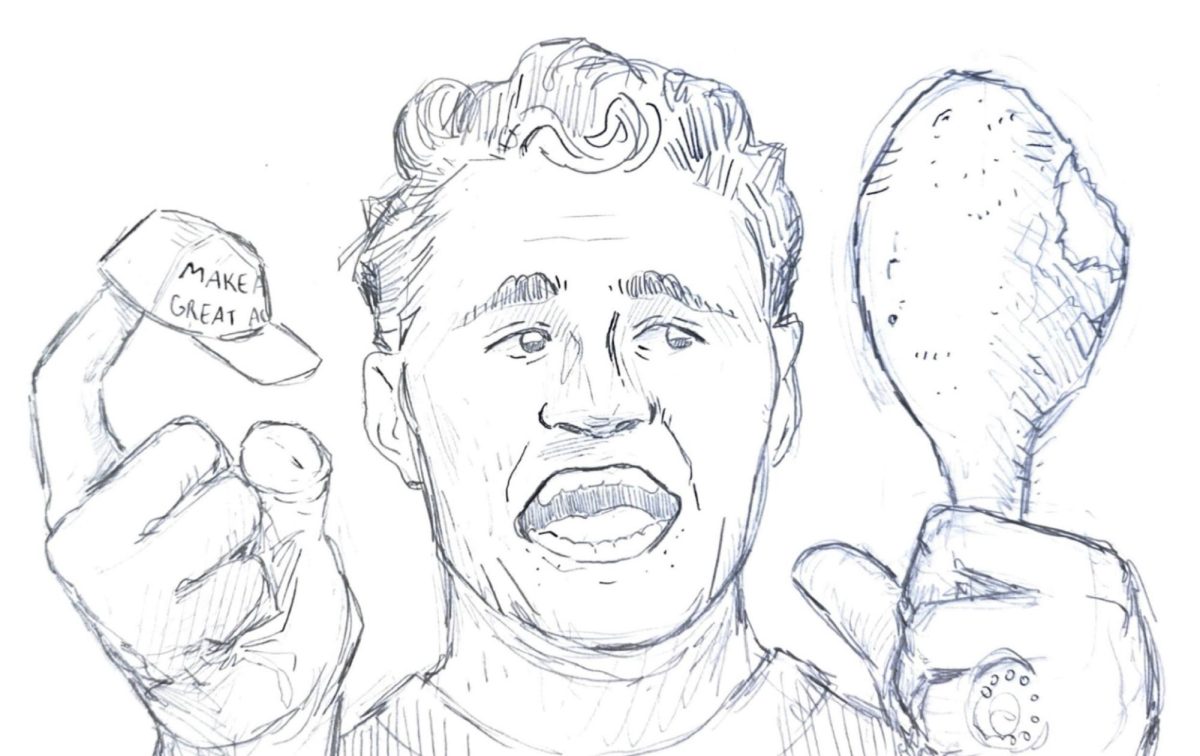Two Movements With Different Purposes
Both Occupy Wall Street and the other recent political movement of note, the Tea Party, represent grassroots popular discontent with the structure of the contemporary American political system. Each movement manifests features of populist anti-elitism. That is to say, each movement believes that elites run the show and that political institutions are walled off from the needs, desires and preferences of ordinary Americans.
There the similarities mostly end. The movements represent a battle over fundamental political principles. The Tea Party believes that the federal government has grown too big and intrusive, has undermined free market capitalism and has compromised the individual’s ability to control his or her life. Occupy Wall Street holds that large corporations and especially the big financial institutions have ruined the economy, in part because their risky and greedy practices were not properly regulated by government oversight. Put very simply, for the Tea Party the bad guy is the profligate federal government; for Occupy Wall Street the villain is Wall Street – and its allies in Congress.
While this is a clash of fundamental political principles, the difference between the Tea Party and Occupy Wall Street can also be seen as a playing out of what the historian Richard Hofstadter called “status anxiety.” The Tea Party looks to the past and some nostalgic hankering for the glory days of American life – which is revealed in the demographics of Tea Party supporters, who are overwhelmingly white, evangelical Protestant, older and wealthier than most Americans. When Tea Partiers cry, “We want our country back!” it can only be for the restoration of their authority in politics and the culture. Occupy Wall Street reveals status anxiety, but about an uncertain, perhaps damaged future – also revealed in the demographics of its supporters, who are largely young people with debts, no jobs and perhaps no prospects.
One small observation about communication and politics: Notwithstanding all of the hoopla about social media, it is interesting that it is the old-fashioned face-to-face protest march and rally that galvanize political commitment and command attention. And notwithstanding the remarkable organizing capabilities of social media, what did Occupy Wall Street do after a couple of weeks of interacting in New York’s Zuccotti Park? They put out a newspaper. Why? — Because a newspaper conveys a sense of place and the experience of being part of an actual social movement in formation.
— Robert Horwitz
Professor, Department of Communication
Occupy Movement Has Deeper Political Potential
When the first Tea Party protests emerged in early 2009, the movement asserted a libertarian strain of conservatism that had, in the previous decade, been overshadowed by other ideological strains manifested in culture war rhetoric and neoconservative foreign policy.
Having this libertarian orientation, the Tea Party’s protest of the Wall Street bailouts included a critique of crony capitalism that resonated with the broader public and even resembled criticisms posed from the Left about corporatist economic structures.
Exactly how and when the Tea Party made its original critique is as important as the critique itself. The movement asserted its interpretation of the economic crisis in a moment when the public was searching for a narrative that would make sense of what the financial collapse meant and how it happened.
Disenchanted with the Republican Party, the conservative base abandoned its traditional mouthpiece and became the first national group in the Great Recession era to express its economic resentments through the medium of street protest. Not only did this ultimately result in historic victories for the Republican Party in the 2010 midterm elections, it more importantly changed the national conversation and moved the ideological goal posts of American politics. In fact, all subsequent policy discussions dealing with the downturn were argued within the Tea Party’s rigidly anti-statist terms.
That is, up until now.
A new street protest movement called Occupy Wall Street has emerged on the national stage to make the left-wing critique of the Great Recession that the formal representatives of the political left have been unable or unwilling to make. While the Occupy Wall Street Movement shares the Tea Party’s repudiation of the collusion between Wall Street and D.C., it targets the other side of the corporatist coin, shedding light on aspects of the Recession the Tea Party has obscured, namely, the role the financial sector and corporate America played in causing the downturn and in amplifying economic inequality.
As the Tea Party did in 2009, OWM is starting to shift the national conversation moving the discussion away from debt and spending toward taxes, regulation and political reform. Could this momentary shift lead to electoral and policy victories for the Left? Will OWM “occupy” the Democratic Party? Or will it lead to the even greater political feat, a reversal of the conservative interpretation of the
Recession and the establishment of a new common sense about the economy and its decline?
— Reece Peck
PhD Candidate, Department of Communication







